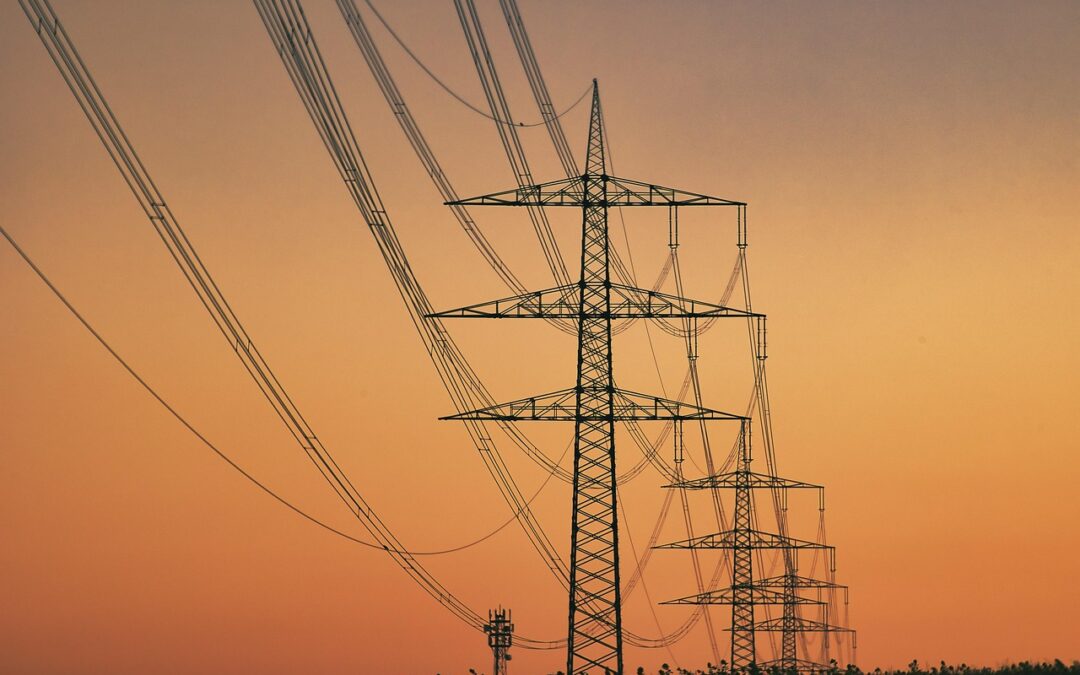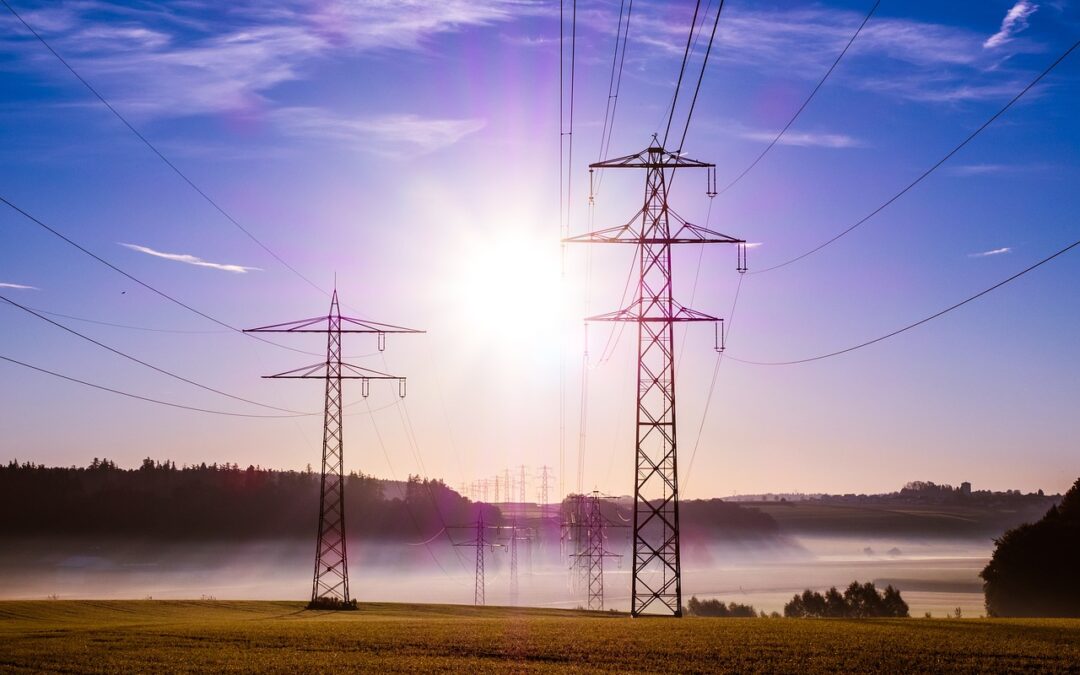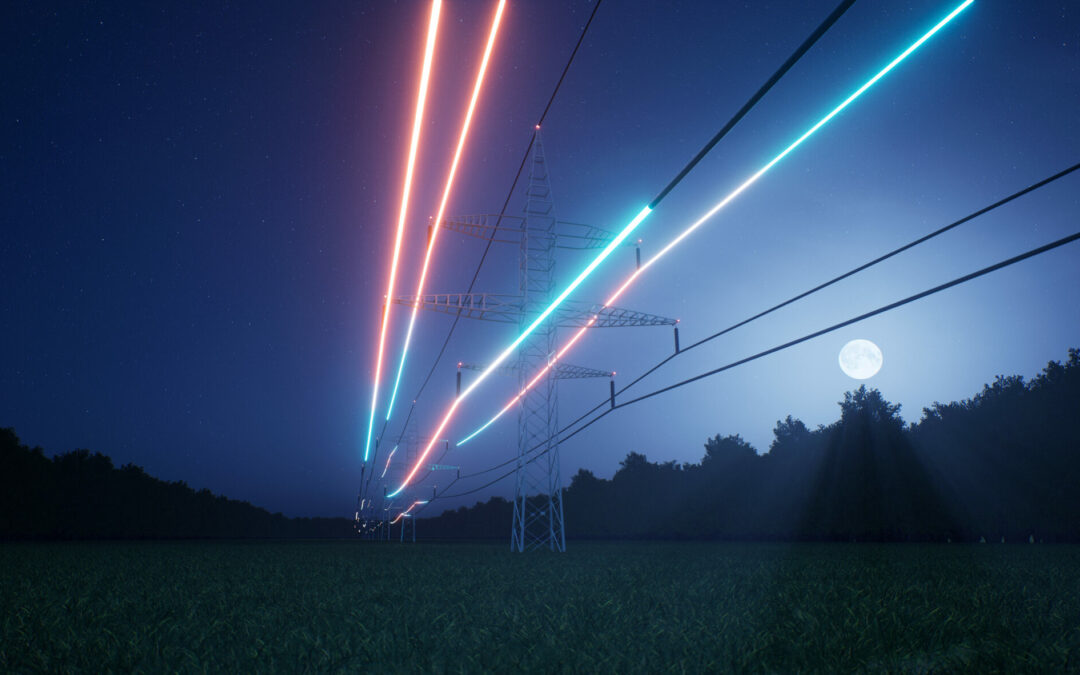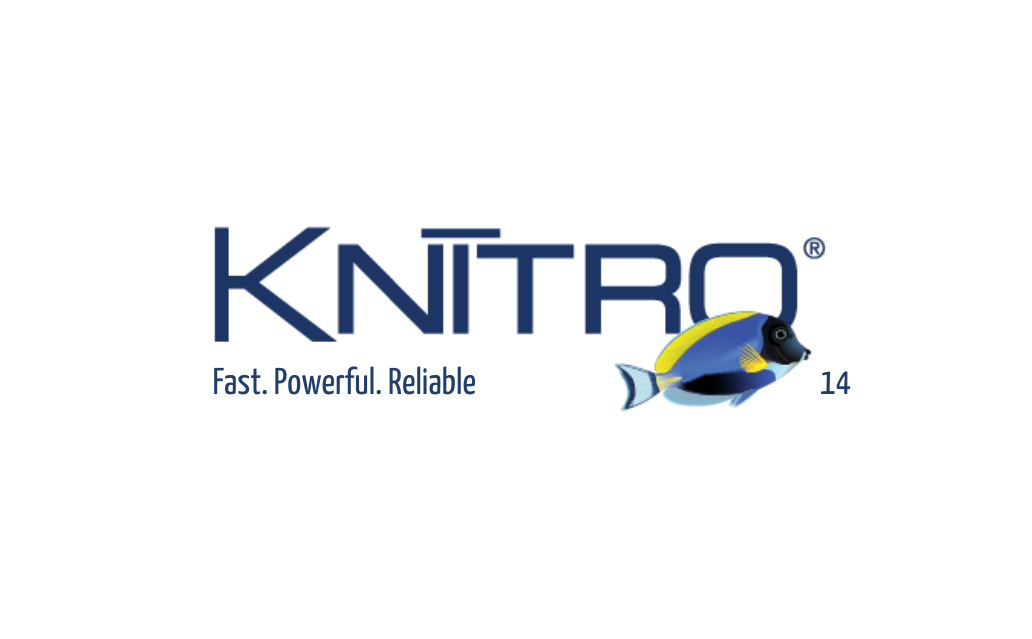Driving Renewable Energy Integration: Advanced Solutions to increase the existing power grid’s renewable hosting capacity
At Grid Innovation 2024 in Berlin, Artelys showcased its methodology to assess the potential of GETs to boost renewable hosting capacity and underlined the potential of curative curtailment in this domain.
Innovative Technologies for Hosting Capacity
Artelys’ methodologies evaluate and enhance vRES hosting capacity using Dynamic Line Rating (DLR), curative curtailment, Flexible alternating current transmission system (FACTS), or Battery Energy Storage System (BESS). Each innovation is assessed for cost-benefit efficiency versus a scenario based on preventive curtailment only, identifying solutions that maximize renewable integration while maintaining grid reliability.
Preventive versus Real-Time Curtailment
While preventive actions are typically implemented in day-ahead planning, real-time actions offer greater benefits because they are implemented very quickly (in less than one minute) when a line is close to being overloaded. As a result, instead of preventively curtailing vRES anticipating on a contingency that very seldom occurs, curative curtailment systems act only in the few cases where contingency happens. In addition, by using actual DLR data instead of forecasts, curative curtailments reduce the need for conservative DLR margins. Overall, they make it possible to integrate dozens of additional percentages of vRES capacity without grid reinforcement, thus allowing to reach renewable integration targets at way lower costs. Thus, GETs enable a significant integration of additional renewable energy capacity (up to +40%).
Artelys continues to drive innovation in grid management, enabling a sustainable and resilient energy transition.
Click on this link and read our presentation to explore how cutting-edge solutions are driving energy transition and empowering system operators to achieve their renewable energy goals.

Improving electrical transformer production planning with artificial intelligence solutions
Improving high-voltage transformer production planning at the Hitachi Energy factory in Varennes with advanced artificial intelligence solutions.

Artelys provides support to the French energy regulatory authority (CRE) in assessing the adequate incentive levels to foster distribution networks performance for TURPE 7
Artelys has conducted a quantitative assessment to inform target levels proposals for TURPE 7, examining past performance and the impact of integrating smart meter data (Linky) into indicators measuring the quality of energy supply.

The MARI project is growing
In recent months, several new European TSOs have successfully joined MARI, the pan-European mFRR activation platform whose market clearing engine was developed by Artelys.

Knitro 14.2 solve your toughest nonlinear non-convex models in seconds
— We are pleased to announce that Artelys Knitro 14.0 is now available! This new version enables compagnies to solve complex non-linear optimization problems with unprecedented efficency and precision.
subscribe to our newsletters
© ARTELYS • All rights reserved • Legal mentions